Tailor made Travel to
Whether you are looking to soak in the romance of Mauritius, ignite the imagination in the heart of South Africa or reconnect as a family unit in a private safari lodge, tucked in the hidden corners of the Serengeti, lifelong memories are made in Africa with True Travel.
Our trips are 100% tailor made, designed from your dreams and ideas and built with our expertise and passion for Africa.
Our team of Africa specialists, Felix and Matt have over 30 years of experience selling Africa holidays, so you can be assured you will be in the best hands when planning your trip. They will look after you start to finish using their expert knowledge to give you a holiday to remember.

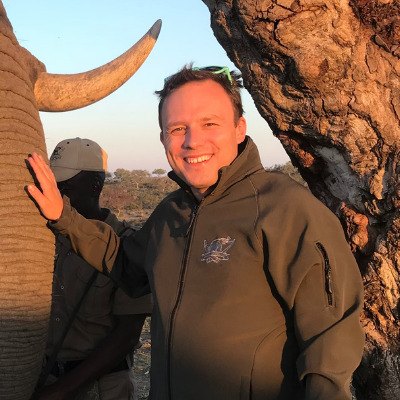
Felix has over 17 years experience designing trips to Africa and has travelled to many far-flung regions in the continent; visiting at least twice a year since his career began.
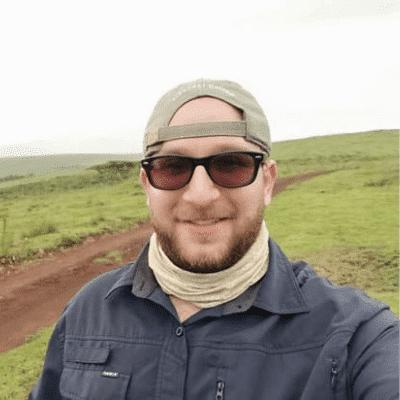
Raised in South Africa, Matt has travelled around Southern and East Africa from childhood. He’s been on safari over 50 times all over the African continent and is extremely passionate about Africa’s wildlife and wild places.
Our travel design process starts with you and your ideas, each trip created from a blank piece of paper.
Our Africa specialist’s have created a selection of example itineraries to provide a sense of what can be crafted for you.
15 Day Itinerary
Guide Price: £13,800pp
Guide Price: $16,500pp
An African journey visiting the renowned Reteti Elephant Sanctuary, exploring the wildlife-rich Grumeti Reserve, soaring over the Serengeti in a hot air balloon and experiencing an unforgettable night under the stars before a trek in search of mountain gorillas.
10 Day Itinerary
Guide Price: £10,300pp
Guide Price: $12,400pp
Experience opulent stays in South Africa, touring the Cape Winelands with a local expert and enjoying Cape Town’s stunning views. Delve into the Kalahari Desert with a private safari guide and have incredible wildlife encounters.
14 Day Itinerary
Guide Price: £9,300pp
Guide Price: $11,200pp
Experience private seaside picnics and botanical adventures in the Cape Floral Kingdom, complemented by leisurely moments in Franschhoek’s charming village. Explore ancient San rock art and indulge in beachside tranquility and world-class dining in quaint villages.
12 Day Itinerary
Guide Price: £9,300pp
Guide Price: $11,100pp
Embark on an exciting South African adventure to marvel at incredible landscapes rich with wildlife and to explore vibrant Cape Town’s rich offerings.
An African journey visiting the renowned Reteti Elephant Sanctuary, exploring the wildlife-rich Grumeti Reserve, soaring over the Serengeti in a hot air balloon and experiencing an unforgettable night under the stars before a trek in search of mountain gorillas.
Experience opulent stays in South Africa, touring the Cape Winelands with a local expert and enjoying Cape Town’s stunning views. Delve into the Kalahari Desert with a private safari guide and have incredible wildlife encounters.
Experience private seaside picnics and botanical adventures in the Cape Floral Kingdom, complemented by leisurely moments in Franschhoek’s charming village. Explore ancient San rock art and indulge in beachside tranquility and world-class dining in quaint villages.
Embark on an exciting South African adventure to marvel at incredible landscapes rich with wildlife and to explore vibrant Cape Town’s rich offerings.
Embark on an unforgettable trip to enjoy the highlights across Northern Tanzania, consisting of an exclusive hot air balloon safari, panoramic views of the famed Big Five and the iconic wildebeest migration.
Journey to South Africa for pristine beaches and an array of unforgettable wildlife encounters, capturing both the Big Five game animals and the Marine Big Five in a single trip.
Embark on a South African adventure to enjoy the perfect blend of wildlife encounters, scenic towns and delicious wine tasting experiences in charming vineyards.
Visit Botswana to experience two unique types of safari to witness the best wildlife of the region, between a tranquil riverboat safari and a thrilling walking safari.
Experience unforgettable and intimate wildlife encounters in the Maasai Mara, from dining with giraffes at Giraffe Manor to witnessing the breathtaking wildebeest migration.
Experience the ultimate family getaway in South Africa, combining the Big Five marvels of the malaria-free Madikwe Game Reserve with the coastal splendour of De Hoop Nature Reserve.
Explore Morocco by blending the vibrant food, jewellery and clothing souks of Marrakech with a serene coastal escape to Oualidia for a complete immersion into Moroccan culture.
Escape to Mauritius for the perfect secluded paradise and unwind on pristine beaches surrounded by crystal blue waters, and towering mountains. Engage in thrilling activities like kayaking and snorkelling amidst this picturesque setting.
Combine a trip to South Africa and Mauritius for the perfect family-friendly adventure, blending together an unforgettable safari experience and introduction to the Big Five, with an idyllic beach escape including the sandy white beaches and inviting lagoons of Mauritius.
Journey to Africa for an effortless blend of an intimate safari experience with unmissable Big Five sightings in South Africa, alongside a remote beach escape to a tropical haven in Mauritius.
Experience Rwanda’s finest with a luxurious exploration of Volcano and Nyungwe National Parks, tracking diverse monkey species in lush volcanic mountain forests and absorbing the stunning views of Lake Kivu.
Trace rare primates through Uganda on a thrilling wildlife adventure, observing a wide range of other creatures across the unique Ugandan terrain, consisting of vibrant rainforests, an extinct volcanic crater and glistening lakes.
Embark on the ultimate safari adventure through Africa and explore the unique landscapes to witness a plethora of wildlife, including the rare spectacle of the annual wildebeest migration over the Mara River.
Embark on a quintessential Moroccan adventure by uncovering the most iconic highlights, exploring the vibrant souks of Marrakesh, the rocky Agafay Desert and the captivating Ourika Valley framed under the towering Atlas Mountains.
Experience the highlights of Kenya’s Northern Frontier led by the local Samburu guides, featuring panoramic views of Mount Kenya and a diverse range of wildlife such as the residential giraffes of Giraffe Manor.
Traverse the misty mountains of the Bwindi Impenetrable Forest to enjoy intimate encounters with gorillas and meet the ‘Keepers of the Forest’.
It is individual moments that can make a trip special. In Africa, these moments can be discovered around every corner.
From the small touches in your safari lodge, to the once-in-a-lifetime safari experiences, every moment of your bespoke African True Travel itinerary is carefully considered.
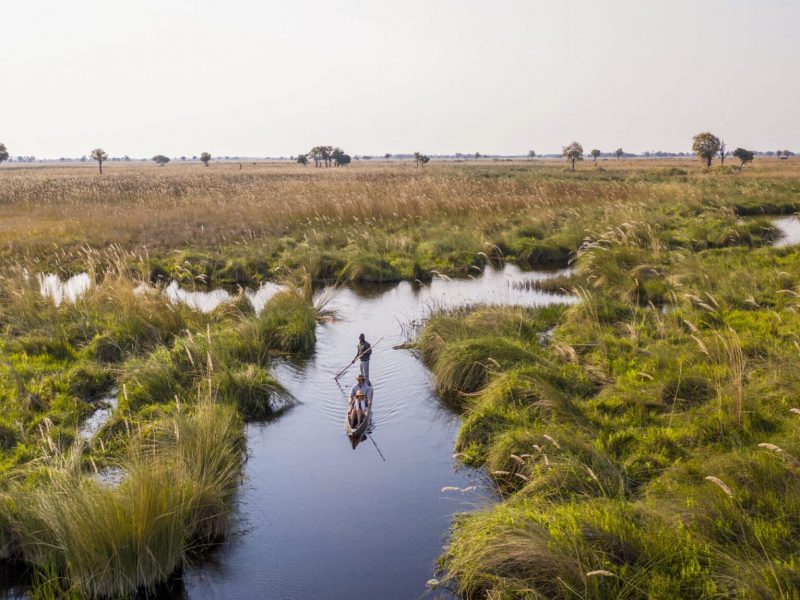
Gently glide over the tranquil waters amidst the towering reeds of the Okavango Delta. This special excursion offers intimate and eye-level encounters with the hidden creatures such as the Angolan Reed Frog and Red Lechwe antelope, residing along the riverbanks. Gaze in awe at elephants, as your vessel silently passes them without any disturbance as they drink water from the banks.
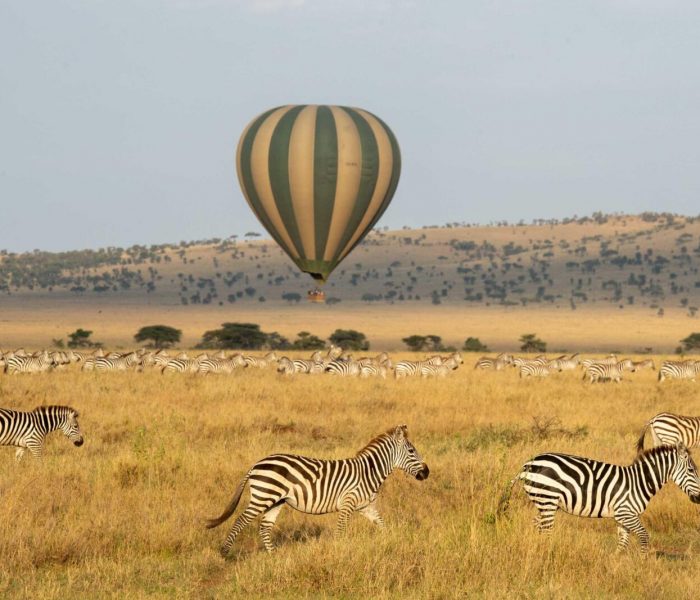
Ascend to the skies over the Maasai Mara on a Hot Air Balloon for the ultimate Safari experience. Set off at sunrise to witness the golden and red fiery hues of the sky against the backdrop of the breathtaking scenery of the savanna below. Take the time to truly absorb the vast array of wildlife below with aerial and panoramic views. Capture a glimpse of some of the Big Five on this exclusive and unforgettable Safari experience.

Being mindful of the world around us. We consider the impact of every itinerary and in partnership with Seawilding, we are able to offer each client the opportunity to wholly offset the carbon emissions of their trip through donating to their Seagrass Restoration Programme.

As a B Corp™ certified company, we have been verified by B Lab as meeting the highest standards of social and environmental performance, public transparency and legal accountability. This means we are among the businesses leading a global movement for an inclusive, equitable and regenerative economy.
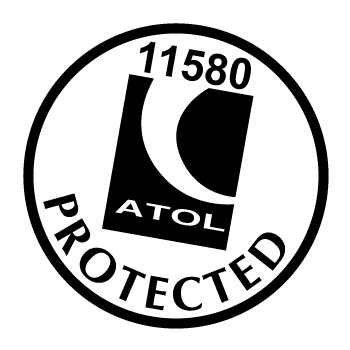
As a Travel Operator that is part of the ATOL scheme, our UK clients bookings are protected should True Travel cease trading, before, or whilst they’re on holiday.

INSPIRATION
SIGN UP
Weekly travel inspiration, news and updates from our team of travel specialists
Sign up